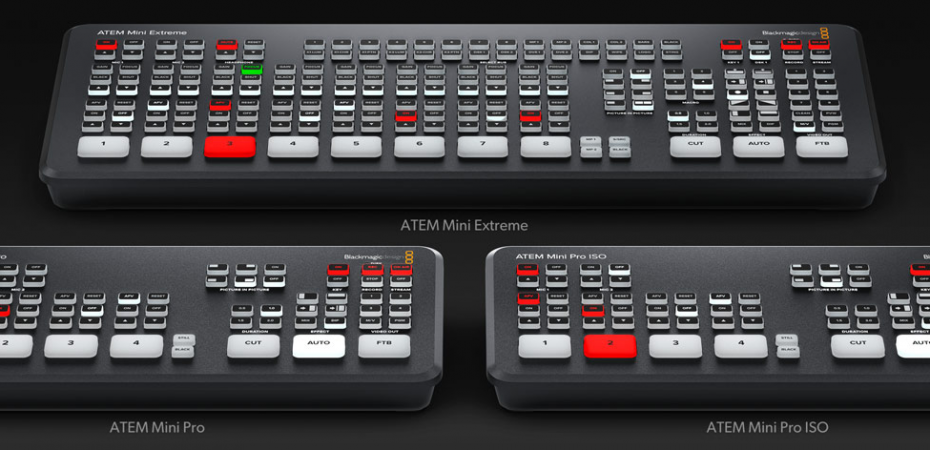Once you decide to move beyond the simplicity of a phone/tablet for streaming your racquetball events, your challenge after choosing cameras is how to get those camera feeds into a computer or another device to do the streaming. If you have a set location and can leave a full PC onsite, PCI Express cards like the Blackmagic Design Decklink cards can bring all of your video sources into the PC so that you can do all of your switching on the computer. This tends to be an expensive option for those that travel to multiple locations for broadcasting as a laptop is an easier travel companion.
You can get a single camera input into a laptop or desktop system with a video capture device. If you have a Thunderbolt 3 port, then the AVerMedia Live Gamer Bolt does a great job for the LPRT. When I broadcast with the LPRT, I use my own and they have their own as well so that two courts could be fully streamed. This device will bring in a single HDMI signal and is a bit expensive for just that feature.
The LPRT pairs their AVerMedia with an ATEM SDI to bring in up to 4 camera angles and switch between the camera angles before the PC sees them. This helps keep the computer requirements down and the laptop in a reasonable price range.
Prior to using the AVerMedia, I used the ATEM Mini Pro to switch between my cameras and bring the video directly into vMix. To maintain consistency with the LPRT, I added the AVerMedia device.
The ATEM models have USB C output that will take their camera output directly into a PC as well as an option to stream directly to your preferred destination (with the Pro and better models). If you have an older laptop or a Microsoft Surface Pro that doesn’t have a discrete graphics card that can handle the video encoding and streaming, then the ATEM line is the absolute best bang for your buck.
If you don’t have a Thunderbolt 3 port, and you haven’t made the jump to an ATEM, you will want a quick and easy way to bring in an HDMI feed. Prior to the AVerMedia device, the LPRT used a Magewell USB Capture HDMI Gen 2. We still carry it as a backup.
If you have been researching options on YouTube, you may have seen the YoloBox devices. These do most of the things that you want in a streaming device. Their primary (and significant) drawback is that they cannot encode/stream higher than 30 frames per second. 30 FPS yields streaky / tearing video and is not sufficient for racquetball. Be sure to check their current abilities before purchasing as they do come out with new models and new firmware fairly frequently. (Looks like the YoloBox Pro does now offer 1080p 60fps, so this one would be worth a look if you didn’t want to get a laptop with an encoding capable graphics card. I have not tested this one, I owned the original YoloBox and sold it very quickly upon seeing the results.)

